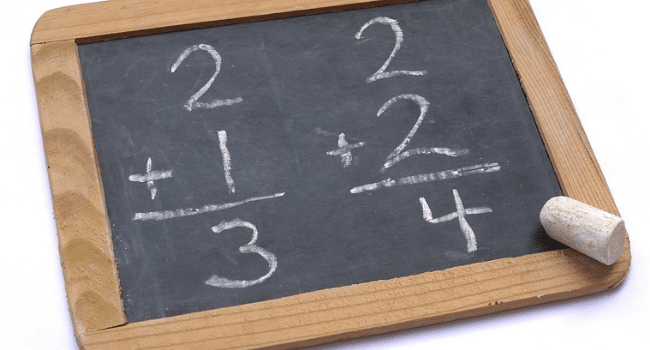Table of Contents
Math is taught to children at an early age not only to build their foundational math basics but also to develop mathematical thinking. According to research, it is shown that a child’s math knowledge in early kindergarten helps predict later academic achievement than the regular reading or attention skills. Hence learning math is important. This article looks into important concepts of maths for class 2. Refer to Class 2 Maths Book PDF NCERT to get free materials.
The important topics for class 2 maths are as follows:
1. Addition and Subtraction
In advancement to kindergarten where they learned to count, grade 2 kids memorize addition and subtraction till 20. The techniques used to learn this is by solving word problems that use objects and drawings. During this period, they also begin to solve problems with more than two numbers and guessing whether the number is odd or even.
‘Counting in tens’ is like creating a pattern where you jump 10 numbers at a time. ‘Add our Points’ from chapter 9 is one of the chapters that focuses on addition. The method used is unique and helps grade 2 students learn better because it is engaging.
Chapter 12 ‘Give and Take’ is an interesting way to learn about number sense. An example of this chapter is that there’s a necklace made up of beads. The question asks to find out the number of beads left if a couple of them fall down. It prepares them for higher-level mathematics and is an easy topic to master.
One of the popular questions asked in the exams is from the question is ‘Birds come, birds go’. It has topics like ‘How many cranes and swans are there?’, ‘Catch the right bus’ and ‘Cross me out’. How many cranes and swans develop the brain of the students and help them think of multiple ways or in the same way multiple times. ‘Catch the right bus’ is the reverse track of the previous type. 2nd graders enjoy ‘Cross Me Out’. The sheet contains numbers, and then questions are asked on adding two or more digits. After arriving at an answer, look at the sheet for the number and then cross it out.
2. Number sense
2nd graders also begin to understand the concept of place and face value. Knowing the value of each place that is ones, tens, and hundreds by counting in groups, using the base 10/100 blocks. They can write numbers all the way up to 1000 and also compare which one is greater and which one is smaller. They practice what the value of a digit is (place value). For example, the place value of digit 9 in 921 is 900 because the 9 is in the hundreds place.
Comparing numbers using symbols > (greater than), < (less than), or = (equal to) is something they begin understanding as well. They are taught to solve problems mentally instead of using hands and fingers. For example, solve this without a calculator. What’s 75 plus 20?
‘Counting in groups’ and ‘How Much Can you Carry’ improves critical thinking and are important topics.
Measurements and handling data
They begin to understand measurement using rulers to measure inches, feet, yards, etc. They learn to make estimates and measure properly. After learning concepts of money and counting which were introduced to them in grade 1, they learn how to create different types of graphs in grade 2. The children should perform activities like measuring different objects in the house and estimating lengths, being able to read clocks, and telling the time in the right format (a.m or p.m), collect and organize different data, find graphs in newspapers, magazines, online websites and compare them.
‘Jugs and Mugs’ from chapter 7 is one of the measurement chapters which teaches you how to measure and compare fluids. ‘Longest Line’ from chapter 13 also comes under measurements. It features a bunch of questions like Who takes the giant step, can you tell why the elephant won, can the rat save itself, who has longer whiskers, and more.
3. Geometry
This is around the time they understand 2-D and 3-D shapes and can differentiate between them. They examine the attributes of shapes and learn how to count the number of angles, sides, faces, etc. They have the ability to partition shapes into equal spaces and use appropriate language to describe them. They should perform activities like identify 2-D shapes in the world (triangles, quadrilaterals, pentagons, etc), 3-D shapes in the world (cubes, cones, cylinders, etc), counting, and being able to tell the number of sides and faces for each shape, using language such as halves, one third, etc.
The NCERT book starts with the chapter ‘What is Long, What is Round’ to give a better idea about length and shapes. It also includes the concept of stacking. Patterns are all around us; the clothes we wear, the bedsheets, books, or even toys that we play with. Patterns help kids make predictions because they start to understand what would come next. It also helps them to use reasoning skills and learn how to make logical connections.
Lines are used in creating textures, patterns, shapes, space, and movements, and optical illusion in design which makes ‘Lines and Lines’ from chapter 11 an important chapter.
There is another important chapter that focuses on teaching the days, months, and composition of a year in a simple way. It’s from chapter 9 ‘My Funday’.
Read more on KulFiy
Class 9th Hindi Exam: Tips to Top your Class
